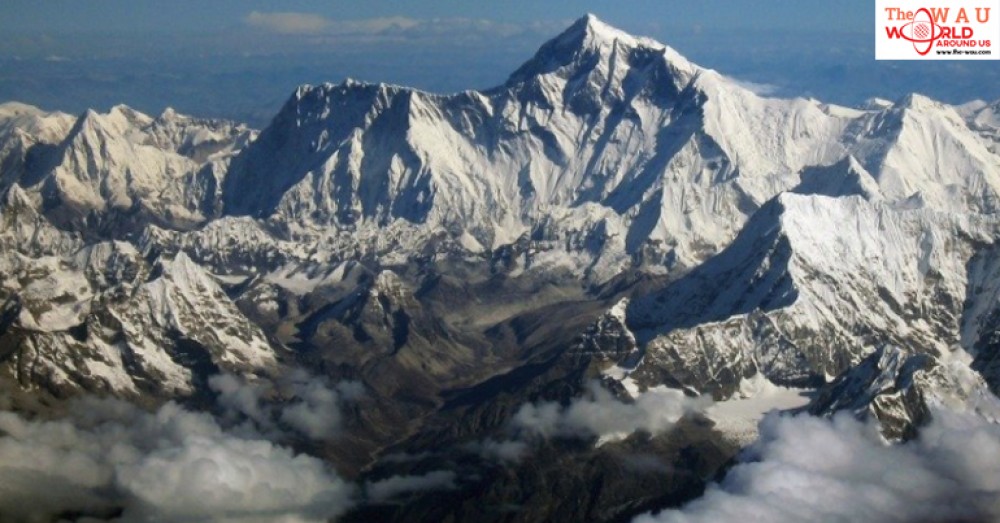Ever since Sir Edmund Hillary reached its peak back in 1953, thousands of adventures have set out to conquer the deadly summit of Mount Everest.
In fact, so many people give it a shot every year that this Himalayan beauty is slowly turning into a literal pile of crap.
Everest owes its popularity to the impressive title of 'highest mountain in the world', but in reality, it isn't - not according to science.
Yup, the world's highest mountain is actually Chimborazo - a stratovolcano in Ecuador that's part of the Andes mountain range - because it's the furthest point from Earth's centre and, therefore, the highest in terms of distance.
According to Eli Rosenberg for The New York Times, Chimborazo's summit rises 20,500 feet (6,248 metres) above sea level, which is shorter than Everest by 8,529 feet (2,600 metres), but that all changes when measured from the centre of Earth.
Basically, since Earth isn't flat (sorry, B.o.B), it bulges outward at the equator and flattens near the poles.
This means that mountains near the equator are technically higher than those in other areas, and it just so happens that Chimborazo is almost smack-dab on our planet's waistline, while Everest is 28 degrees north.

So how much higher is it? Well, according to one report, Everest stretches a distance of 3,965 miles (6,382 kilometres) from Earth's centre.
Meanwhile, Chimborazo stretches 3,967 miles (6,384 kilometres). Though it's only a 2-mile (3.2 km) difference, it means everything when it comes to crowning height titles.
In fact, those 2 miles are enough to put Chimborazo at number one, and kick Everest out of the top 20.
This isn't exactly news, though - NPR ran a report about Chimborazo back in 2007. So why does Everest continue to get all the love, while Chimborazo goes relatively unnoticed? Well, it all comes down to how hard the climb is.
If you're a mountain climber, you want the hardest challenge, which is what Everest offers.
It takes 10 days to merely make it to Everest's base camp, six weeks to acclimatise, and then the arduous nine-day climb to the top. On the other hand, Chimborazo takes about two days to climb after acclimatising (about two weeks), reports Rosenberg.
Also, it's important to mention again that Everest still takes the cake when measured at sea level.
If you're using that as a metric, Chimborazo wouldn't even rank as the tallest peak in the Andes. That title belongs to Mount Aconcagua, which rises 22,828 feet (6,961 metres) above sea level.
So, if you've already made plans to climb Everest and earn your name a place alongside Sr Edmund Hillary's, fear not, because you are still climbing the tallest mountain in the world - if sea level is your metric. After that, you might as well hit up Chimborazo, because that climb will seem like a walk in the park.
Share This Post












